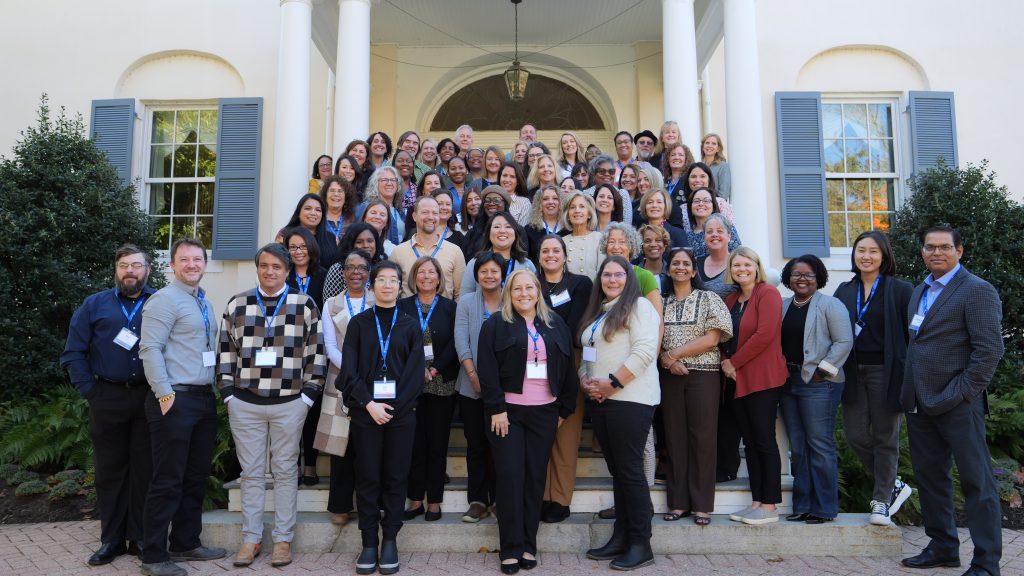In 1981, the UN declared an “International Year for Disabled Persons,” and shortly thereafter, Johns Hopkins University launched its first national search for “computer-based applications aimed at meeting the educational, vocational, recreational, and daily living needs of disabled persons.”

The search brought both technology providers and members of the disability community together from around the nation. Over 900 entries were submitted. They included a wide variety of assistive technology: from computer-aided instruction, to ultrasonic head control for wheelchair users, to portable telecommunication devices for the deaf.
This not only inspired hundreds of new technological innovations for people with disabilities, but it helped shed light on the immense need for AT, and how drastically accessibility and quality of life could be improved for those who might use them.
After the search, the JHU School of Education and Applied Physics Lab joined forces to continue striving toward more equitable opportunities for people with disabilities. They created the first educational software designed to help special educators tailor their lessons to their students with disabilities’ individual needs—the Microcomputer Software for Individually Managed Instruction: Multisensory Authoring Computer System; or, MACS for short—and decided to give it a test run in a few pilot schools.
The School of Education won the elementary school grant, and that grant allowed for the founding of the Center for Technology in Human Disabilities in 1986.
In 1991, the center narrowed the focus of their mission to the successful transition into education, living, and work for people from birth to 22 years old. To reflect this focus, our name was changed to the Center for Technology in Education (CTE).
Over the years, CTE has honed its expertise in six critical areas: data-informed decision-making for leaders, evidence-based instruction, assistive technology, leadership development, online learning and communities of practice, and emerging technologies and tool development. Today, CTE provides a wide array of programs and initiatives that help students, teachers, families, and school administrators improve educational outcomes and bring access, opportunity, and success to all learners.